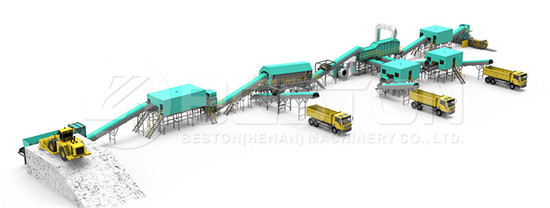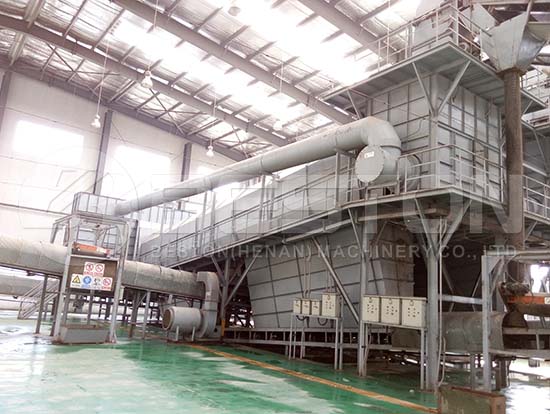In case you hadn’t noticed, solid waste management is becoming a larger and larger problem across the globe. Modern lifestyles and consumerism produce mountains of products daily, most of which will end up in a landfill by the end of the year. So, what can sprawling urban areas do about the rising tide of garbage choking off the environment and generally making our beautiful planet look like a city dumpster? You need to know more about solid waste management plant.

Introducing the Solid Waste Treatment Plant
All this technology and innovative engineering have finally been applied where the world needs it the most: sorting out the garbage. As it turns out, many of the items we assume to be disposable are not actually disposable at all and can cause extensive environmental damage and provoke health hazards if not handled properly.
Of course, getting down and dirty on all fours and picking the useful materials out of a landfill by hand is just inefficient and tedious. The solution lies in a solid waste management plant that is capable of sorting large quantities of trash a day, maximizing human power and converting as much as 85% to 95% of solid waste into recyclable products.

Description of Municipal Solid Waste Treatment Plant Process
Solid waste is brought to the facility from across the urban area where it will be fed into the rubbish intake bin with a power shovel or mini bobcat excavator. Here the solid waste is evenly distributed before being sent into the next stage of the process.
The next step of the process is a rotary screening machine that divides the waste into everything larger than 50mm and everything smaller. The dimensions of this screen can be best suited to the type of waste seen in your region. From here the waste can be sent to other devices and sorting stages that are best suited to the needs of the location.
Larger garbage can be passed on a conveyor belt through different sections of the solid waste treatment plant that separates garbage by weight. Lighter trash may include papers and plastics, both of which can be recycled. Plastics can be collected in large quantities and transformed into a reusable biofuel in a waste pyrolysis plant.
Heavier materials may include glass, earth and stone as well as metals. Once properly separated these can also be packed and sent to their respective industries. Earth and stone are for making bricks while glass and metal can be sent to their recycling plants as well.
Intermediate weights finally there are other waste products that fall somewhere in the middle, these can include products with both plastic and metal components, rubber and other materials. Each stage of the solid waste treatment plant process can be improved or enhanced to maximize the output of the process and in accordance with the materials being sorted
Lastly, there will be organic products that are taken from solid wastes. These organic products can be placed into composting components also available for the waste treatment plant. This can then be used to improve the quality of the soil.
Final Notes
The most important thing to consider when looking for the right solid waste treatment plant for your needs is the kind of solid wastes you will be processing. Carefully matching your plant to your waste needs will ultimately end up with the highest levels of recyclable goods and profits.